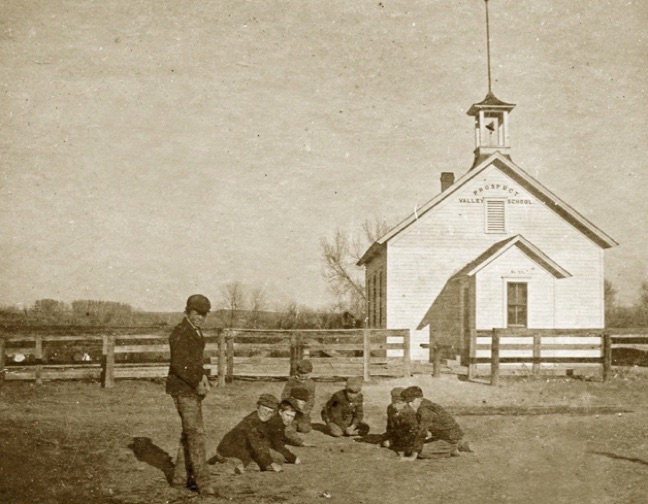PROSPECT VALLEY SCHOOLS

Restoration by Doug Haack, Digital Photo Genics LLC original photo, a sixth generation O’Hayre by marriage.
The O’Hayre boys and their friends shoot marbles. First family O’Hayres arrived in Denver City, Colorado Territory 150 years ago to farm the land now known as Applewood Knolls. Colorado’s fifth generation Leonard O;Hayre continues to grow crops on O’Hayre Court in Applewood Knolls.
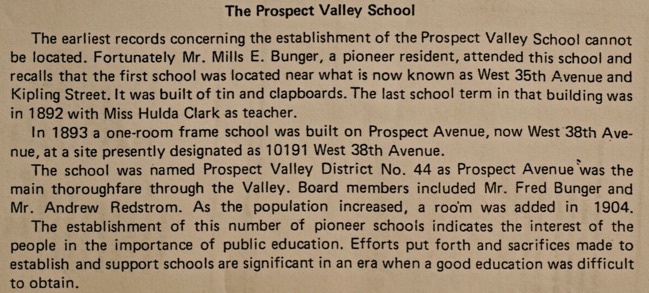

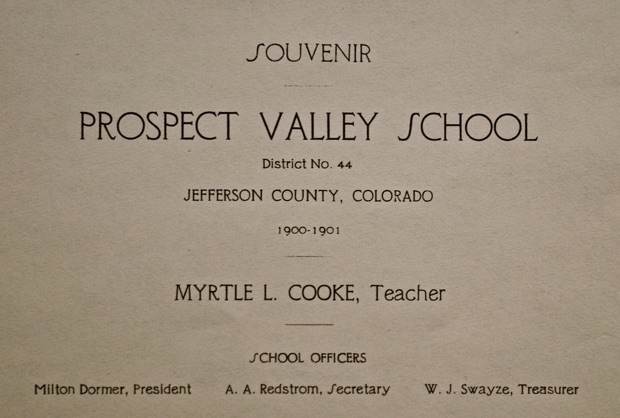
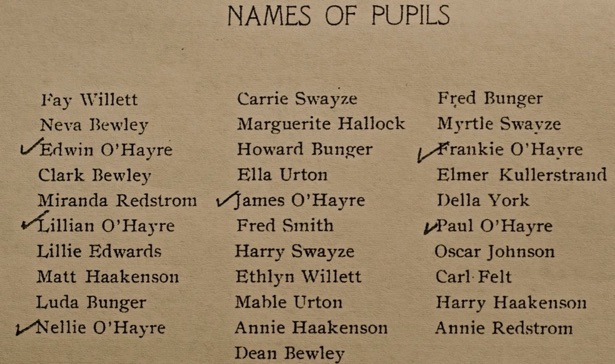
PROSPECT VALLEY SCHOOLS
© 2010
Photographs and text cannot be used without permission from Judith Girard and Gloria O’Hayre.
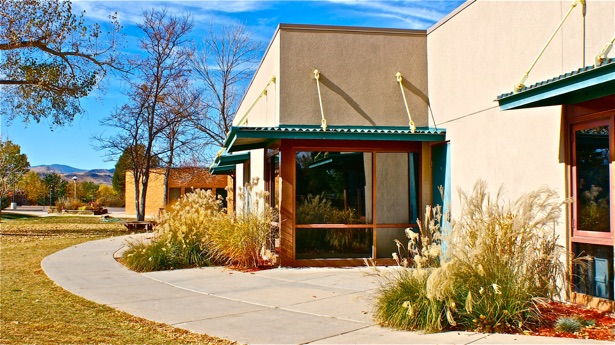

Prospect Valley Elementary School in 2011
In the foreground is a portion of the playground area for Prospect Valley School 2011. Homes seen on the left are located in Applewood Knolls filing 12.
History of Pioneer Wheat Ridge, , City of Wheat Ridge, Historical Committee, 1971, page 13
Paul O’Hayre wrote, “Students were called scholars in those days because study was intense and the children had to work hard before and after school doing the farm chores. Discipline was usually not a problem. In the front of the schoolroom was a long bench to study arithmetic, grammar, reading, writing and so on with the teacher. The older scholars required more time on the bench because the subjects were progressively more difficult just like they are today. The scholars of the one-room schoolhouse had a learning advantage because first graders were exposed to the subject matter that eighth graders were learning and eighth graders had a review of what they had previously learned when the lower grade scholars studied their subject matter. One teacher taught all of the subjects to all of the grades.”
When Paul started school in 1899 all the O’Hayre children attended Prospect Valley School. The first location was on what is now W. 35 Avenue and Kipling. Next they built a Prospect Valley School which was located on Prospect Avenue, now 38th Avenue. Both the one-room Maple Grove School and Early Prospect Valley School were “eventually razed and replaced with big eloquent” school buildings that had rooms on two floors and a big meeting hall. A playground was behind the school and at the end of the playground they located the outhouse facility. The school room was heated by a coal-burning stove. Scholars sitting closest to the stove were sometimes required to use their slates to shield their faces from the heat of the stove.”
